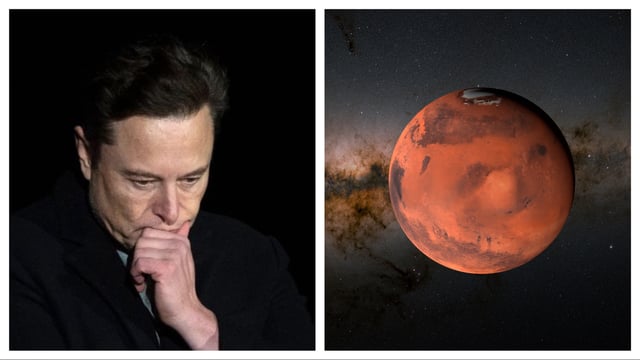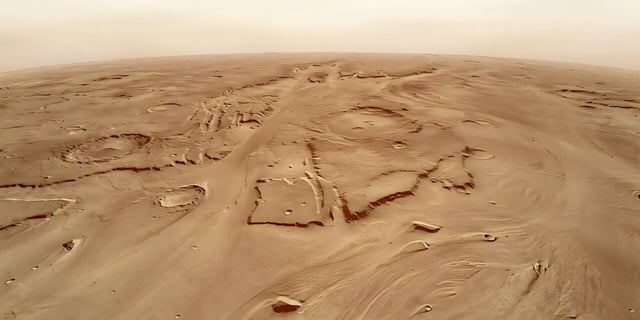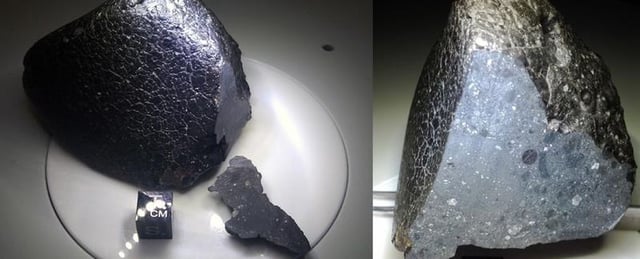Overview
- Researchers analyzed a 4.45 billion-year-old zircon grain from the Martian meteorite 'Black Beauty,' the oldest known piece of Mars' crust.
- Chemical signatures in the zircon indicate the presence of water-rich hydrothermal systems during Mars' earliest geological period, the Pre-Noachian.
- Advanced imaging techniques identified elements like iron, aluminum, and sodium, which suggest the grain formed in a hot, water-rich environment.
- The findings challenge previous assumptions about Mars' early environment, suggesting pockets of habitability existed billions of years ago.
- This discovery provides critical insights into Mars' geological history and the potential for life beyond Earth, though no direct evidence of life has been found.



